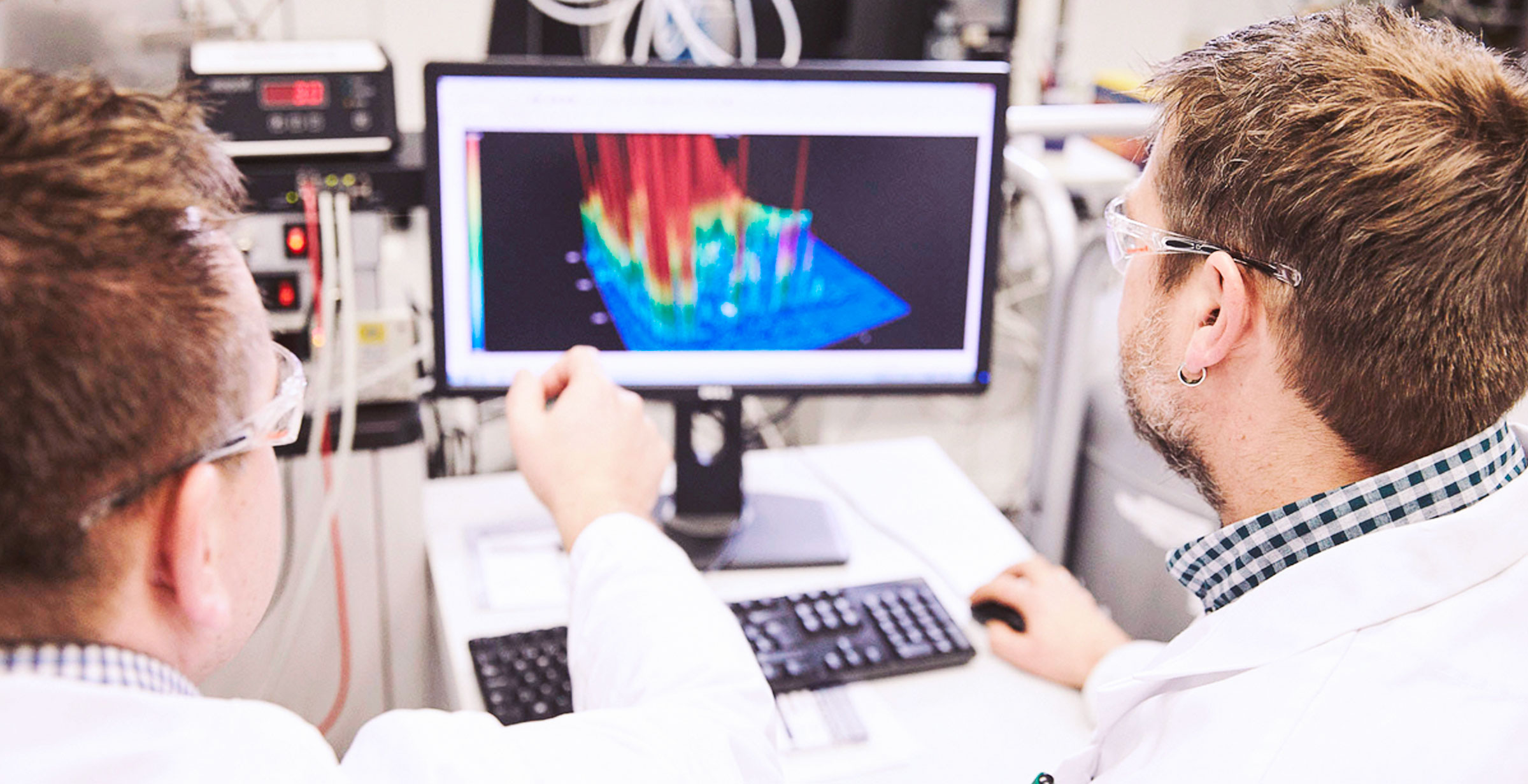

Ingredients of Effective Transformation
*Disclaimer: The views expressed by people interviewed for this article are their own.
The year of massive transformation
The last two years have demonstrated just how innovative and adaptive governments, business and the general public can be. Within a matter of months, whole businesses had shifted online with staff working remotely. Teachers and parents began home-schooling and teaching online. This rapid overhaul of our day to day lives and way of doing business showed that we are capable of taking drastic action to change when the right incentives, policies and supportive technologies are in place. So, as we look ahead, how could we harness this momentum and channel it towards other areas to change for the better?
Taking a holistic approach
Change happens rapidly and effectively only when stakeholders take a holistic approach to innovation. Founder of Swiss Think-Tank W.I.R.E (Web for Interdisciplinary Research and Expertise), Dr. Stephan Sigrist argues that to build on this momentum for change and direct it towards other public health crises, a coordinated approach from business, government and the public is needed.
“As we have seen with the pandemic of 2020, education and research, regulation, financial resources, public-private partnerships and a culture which promotes a certain level of risk-taking behaviour change are needed if you want to have a real impact,” said Dr. Sigrist.
A good example of this holistic approach to transformation can be found in the automotive industry. Whilst technology - electrified and autonomous vehicles - are at the core of transformation, involvement and buy-in of other important stakeholders has accelerated the transformation journey. For example, the changing preferences of consumers who want green, shared or on demand vehicles, the growing environmental regulation restricting the manufacturing of fossil fuel vehicles, and investors seeking opportunities in promising new companies.
“An ecosystem-based effort contributes to a successful transformation over time”, said Dr. Sigrist.

HOLISTIC APPROACH ENABLED BY TECHNOLOGY
Whilst a holistic approach is something to work towards, change starts with better alternatives. In this digital era, these alternatives are often enabled by technology.
Like battery technology in the automotive industry, renewable energy technologies are transforming the energy sector. Cleaner sources of energy are incentivizing consumers to change their behaviour whilst the power of these technologies are influencing government policies. Lower prices for clean energy attract new investors and venture funds. Momentum builds as more stakeholders buy-in to better alternatives.
Technology driving the transformation in tobacco industry
As in other industries, a tech-driven transformation is underway in the tobacco industry.
Better options (compared with conventional cigarettes) such as vapors and heated tobacco are available for smokers but Philip Morris International (PMI) argues more must be done. Practical solutions are needed for those smokers who will continue smoking no matter the amount of negative health messages they read.
The company has been working on a transition within its own product line for the last decade. In the same way that the automobile industry is using technology to minimise Co2 emissions in cars, PMI is working to find alternative solutions including smoke-free products for adult smokers who would otherwise continue to smoke cigarettes. From the beginning, the company has collaborated with regional start-ups and SMEs investing more than US$8.1 billion to explore the science and potential health outcomes behind product innovations.

“We believe innovation will be the answer to solving public health problems like smoking. For example there are now rapid developments in nicotine-based products that can effectively substitute for cigarettes but with lower risks. Better products for adult smokers is our focus as we lead our company through a transition and work hard to be part of the solution”, said Dominique Leroux, CEO of Philip Morris Switzerland.
Whilst technology is enabling better alternatives, more needs to happen to bring all stakeholders onboard and accelerate a path to transformation. Just like in other industries, a broad spectrum of public and private stakeholders in science and research, regulation and finance need to be included in the discussion. Whilst this process takes time to build, transformation happens faster when stakeholders have an open mind to collaboration.
Tobacco companies play a central role in the transformation of the industry as they are closest to their customers. In order to support these smokers in their transition to less harmful products, governments have an opportunity to accelerate this transition.
“Whilst government regulation in this industry varies from country to country - some are pragmatic and others are more skeptical - all policy makers should seek cooperation and exchange with the industry to allow for better alternatives for consumers today and into the future,” said Dr. Sigrist.
Driving the transformation process of the fossil fuel, fast food, automotive and the tobacco industries is an enormous task, but as the world witnessed through the events of 2020, unprecedented change is possible when all stakeholders including business, government and general public share a like-minded goal and embrace the power of technology.
Learn more about the transformation and vision of Philip Morris
The author of this article contacted several European health bodies for comment on transformation in the tobacco industry. However there was either no interest to comment or no response.





